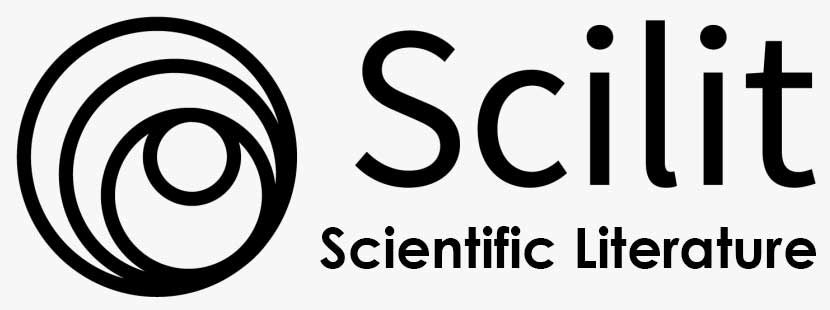Social Capital for Access To Clean Water in Rural Area
DOI:
https://doi.org/10.21776/ub.ijleg.2020.006.01.2Keywords:
Social Capital, HIPPAM (Residents Association of Water Users), Social Structure, Social Network Analysis (SNA)Abstract
Nowadays, access to drinking water services in Indonesia still not on SDG's target where 100% of society should have access to clean water. Based on data from the ministry of public works and public housing (2015), there are only 59,7 percent of Indonesians receiving piped water access through the Indonesian regional water utility company (PDAM) and only 7,474 villages (from 72.944 villages) have been supported to establish community-based organizations (HIPPAM) to manage local water supply services. Sumberrejo village is one of the villages which can manage water by establishing HIPPAM. Therefore, it is necessary to know the social capital through the social structure of Sumberrejo society. The aim of this research is to trace the social capital in Sumberrejo village through the community participation so that HIPPAM Tirta Buana can be formed. This research use SNA (Social Network Analysis) as a method to know the social network of society which is measured by density, centrality and participation level. From the calculation of SNA can be seen that the value of density, centrality, and level of community participation in Sumberrejo village is good. The bonds formed from the HIPPAM community are strong. The result of this research can be concluded that the existing social capital is a bonding social capital which can be developed by utilizing actors with high centrality value in order to deliver information related to clean water.
References
Dao, S. D. & Marian, R. 2011. Optimisation of precedence-constrained production sequencing and scheduling using genetic algorithms. Proceedings of the International Multi Conference of Engineers and Computer Scientists, 16-18 March, Hong Kong.
Ari, Ismu R D. 2013. Social Network of Memberships in Community Groups
RTRW Lumajang 2011-2031
Soekanto, Soerjono. 1982. Sosiologi Suatu Pengantar. Jakarta : CV Rajawali
The World Bank.2006.Inovasi Pelayanan Pro Miskin.Jakarta:INDOPOV
Wasserman,Stanley. Katherine Faust, 2009. Social Network Anlaysis : Methods and applications. New York: Cambridge University
Sunarti, E.2012. Partisipasi Masyarakat dalam Pembangunan Masyarakat. Journal
Saparuddin. 2010. Pemanfaatan Air Tanah Dangkal Sebagai Sumber Air Bersih di Kampus Bumi Bahari Palu. Jurnal SMARTek.Vol 8
Rachmawati,L dkk. 2011. Pengelolaan Air Bersih Berbasis Masyarakat. Pusat Penelitian Kependudukan LIPI
Woolcock, M. 1998. Social Capital and Economic Development. http://books.google.co.id/books?hl=id



















